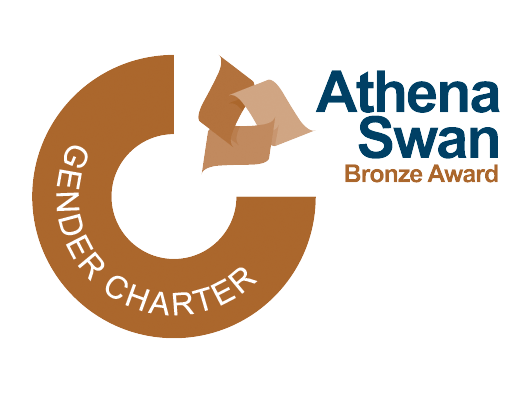Changing curatorial practice and public perceptions of soldiering, gender and creativity
Professor Holly Furneaux’s research on the Crimean War has challenged existing perceptions of soldiering, calling into question the dominant narrative of the unemotional soldier.
Redefining the soldier

Since 2015, Holly has worked in partnership with the Imperial War Museum, National Army Museum, National Archives, the Museum of Military Medicine, and local records offices on a body of work that challenges the perception of soldiers as stiff upper-lipped and emotionally uncommunicative.
Uncovering many previously unseen artefacts, including letters, diaries, handmade toys, and crafts – amongst them a rare surviving Occupational Therapy Bear from 1918 – Holly has documented a previously unseen side of the soldier; one that introduces them as a gentle figure who provides care and emotional support to both comrades and enemies. As well as demonstrating less recognised facets of the emotional and tactile experiences of military personnel, Holly’s research looks critically at how soldier crafts can be used to make us feel both better and worse about war.
Holly’s work showed that soldiers used crafting as a form of communication with loved ones – creating gifts, for example – as well as therapeutically, and as a means of escapism. These materials documented soldiers’ lived combat experience and allowed Holly to question previous views on combat gnosticism – the belief that war cannot be communicated to those who have not experienced it. The dichotomy between the beautiful, delicate artwork produced and the traditional notion of military masculinity was noted by visitors to exhibitions where they were displayed, thus challenging the perception of crafting as a feminine pastime.
This research has also validated soldiers’ experience of conflict – both the former soldiers whose stories were told through these materials and contemporary soldiers who were consulted as exhibitions were put together. For some, supporting and viewing this work enabled them to retrospectively understand how important having a creative outlet had been in allowing them to disconnect from their operational roles.
Partnership in practice
Holly’s work has shaped curatorial practice, increased cultural understanding of combat experience and validated soldiers and veterans’ experiences. The impact of the work undertaken with partners can be summarised as follows.
National Army Museum
The museum welcomed 230,000 visitors in 2017, with The Soldier Gallery – informed by Holly’s work - as a focal exhibition. 93% of visitors said they would recommend it to others and The Daily Telegraph called it a ‘thought-provoking triumph’.
Museum of Military Medicine
Holly’s work helped to shape the strategy for the relocation and redesign of the museum, as well as helping secure £2M of Libor Grant funding. It was in the museum’s collection that Holly discovered the Occupational Therapy Bear, which went on to become the most discussed object in exhibition feedback.
Compton Verney’s Created in Conflict Exhibition
The ‘Created in Conflict: Soldier Art from the Crimean War to Today’ exhibition, which Holly conceptualised and co-curated, attracted over 10,000 visitors and generated almost 270 media mentions. The exhibition helped the gallery form new relationships with the National Army Museum and the Imperial War Museum and enabled them to foster closer engagement with the local military community, members of which helped select objects for display and informed the wording of accompanying texts.
Holly’s work has also informed new educational models, introducing her research and findings to a new generation. Students of varying ages have created their own pieces influenced by the research, including musical work, choreographed dance pieces and crafting. Participants said that the exhibition, and particularly understanding the stories behind the artwork, made their creations more meaningful.
Two funded PhDs have been created because of Holly’s work, inspired by her method of reading soldier-made objects within their histories of conflict, gender and emotion.
Martha Kearney described the exhibition on BBC Radio 4’s World at One as highlighting the ‘extraordinary contrast between what people think of military life ... and some of the gentler crafts which soldiers have been involved in over centuries.’ She interviewed D-Day veteran, Ron Trenchard, who spoke of how the exhibition challenged gendered preconceptions about needlework that he and his soldier father made, the thinking that it’s ‘female work, but it’s not’.
Selected publications
- Furneaux, H. 2016. Military men of feeling: Emotion, touch, and masculinity in the Crimean War. Oxford: Oxford University Press.
- Furneaux, H. and Prichard, S. 2015. Contested objects: curating soldier art. Museum & Society 13 (4), pp.447-461. (10.29311/mas.v13i4.346)
- Furneaux, H. 2014. Victorian masculinities, or military men of feeling: domesticity, militarism, and manly sensibility. In: John, J. ed. The Oxford Handbook of Victorian Literary Culture. Oxford Handbooks Oxford: Oxford University Press. , pp.211–230. (10.1093/oxfordhb/9780199593736.013.010)

